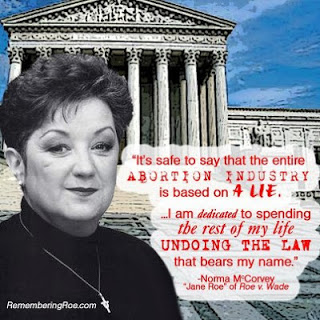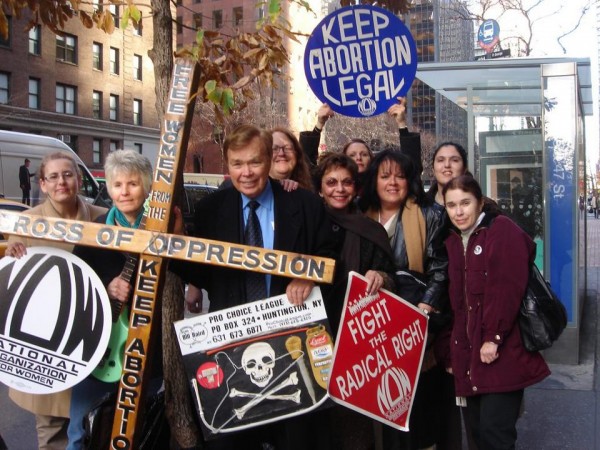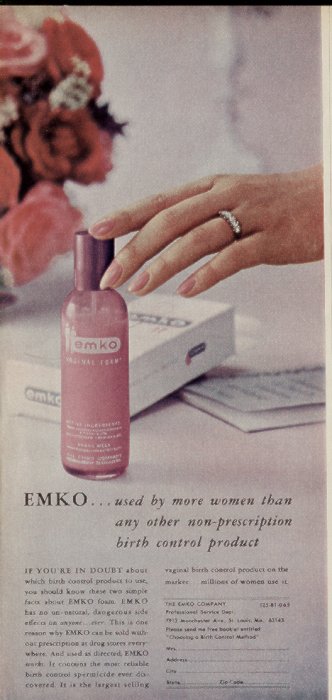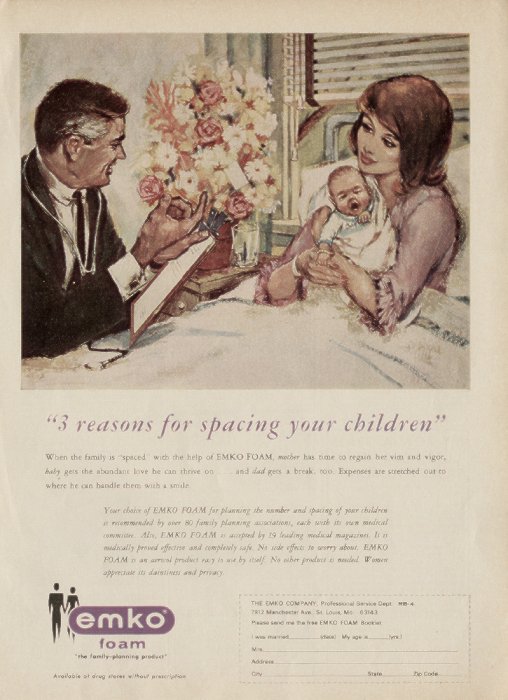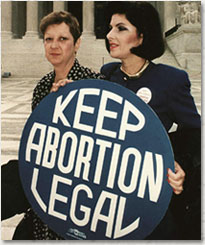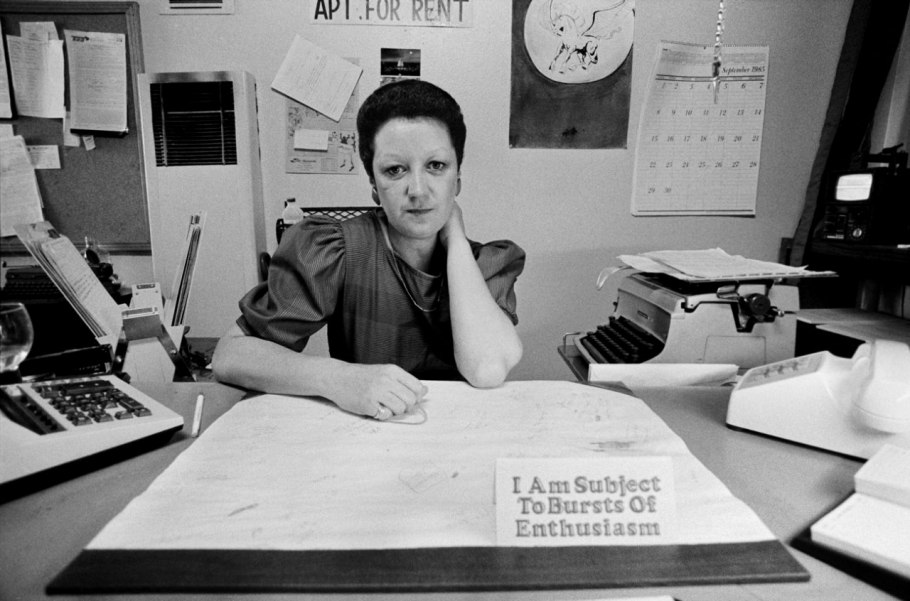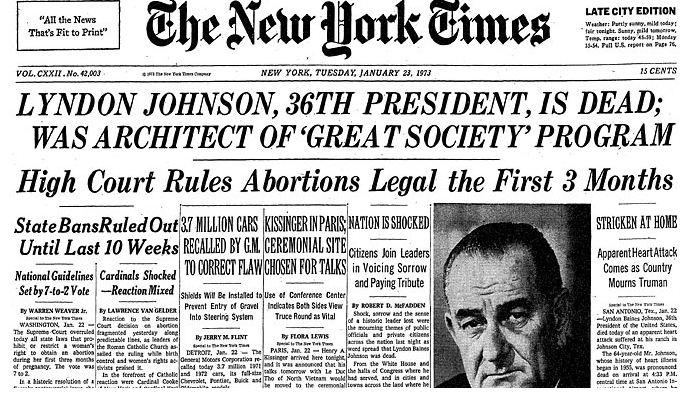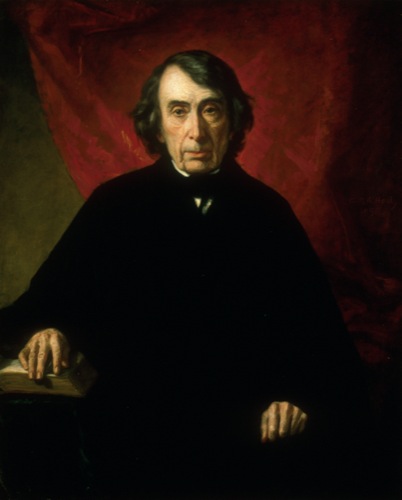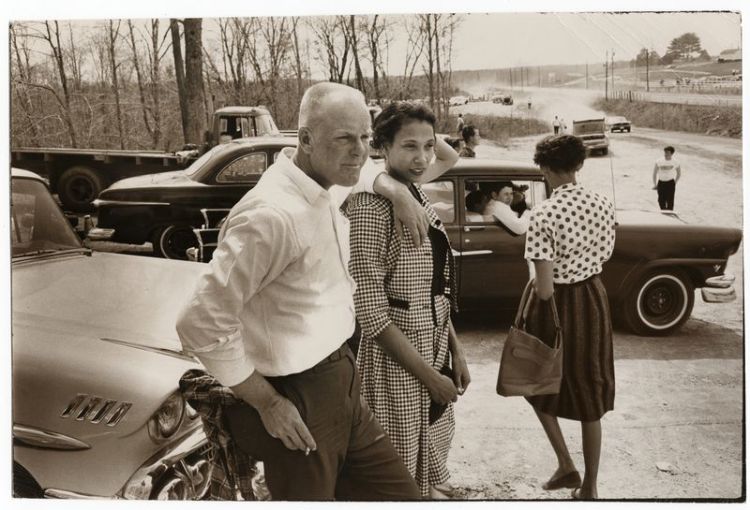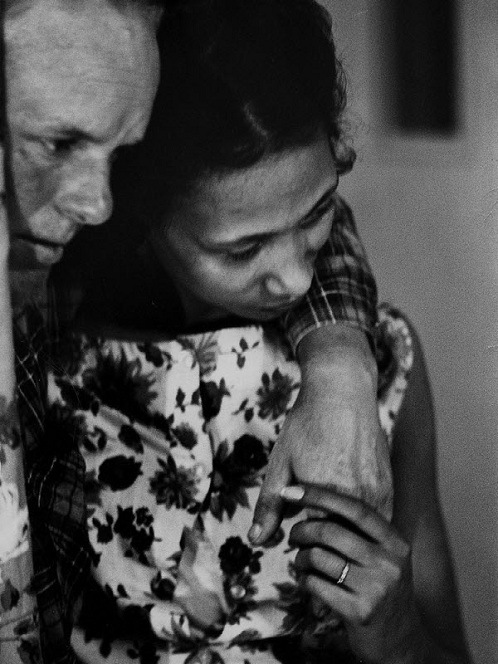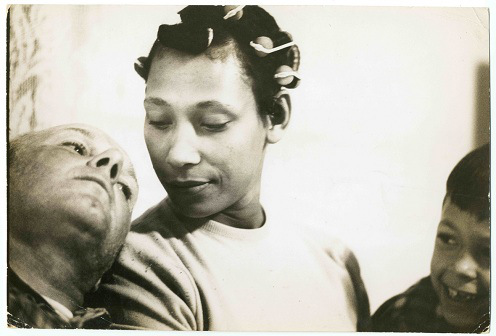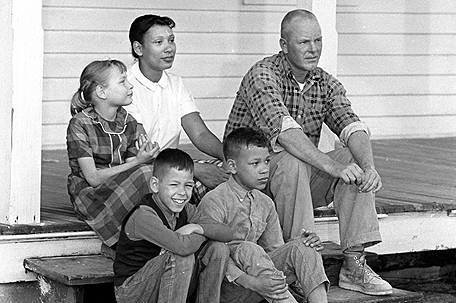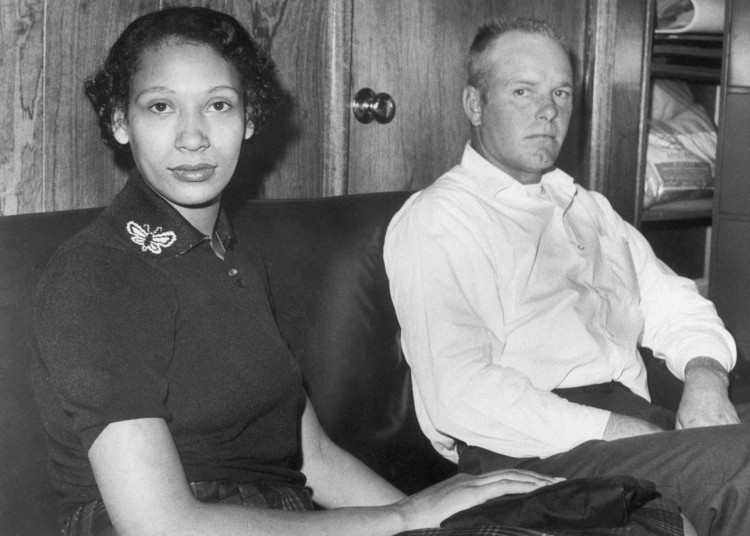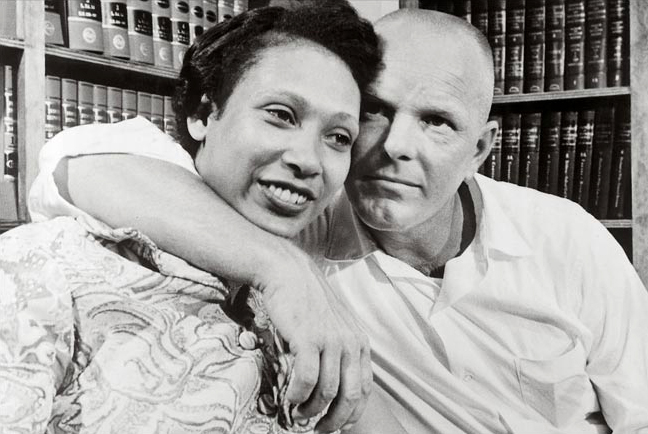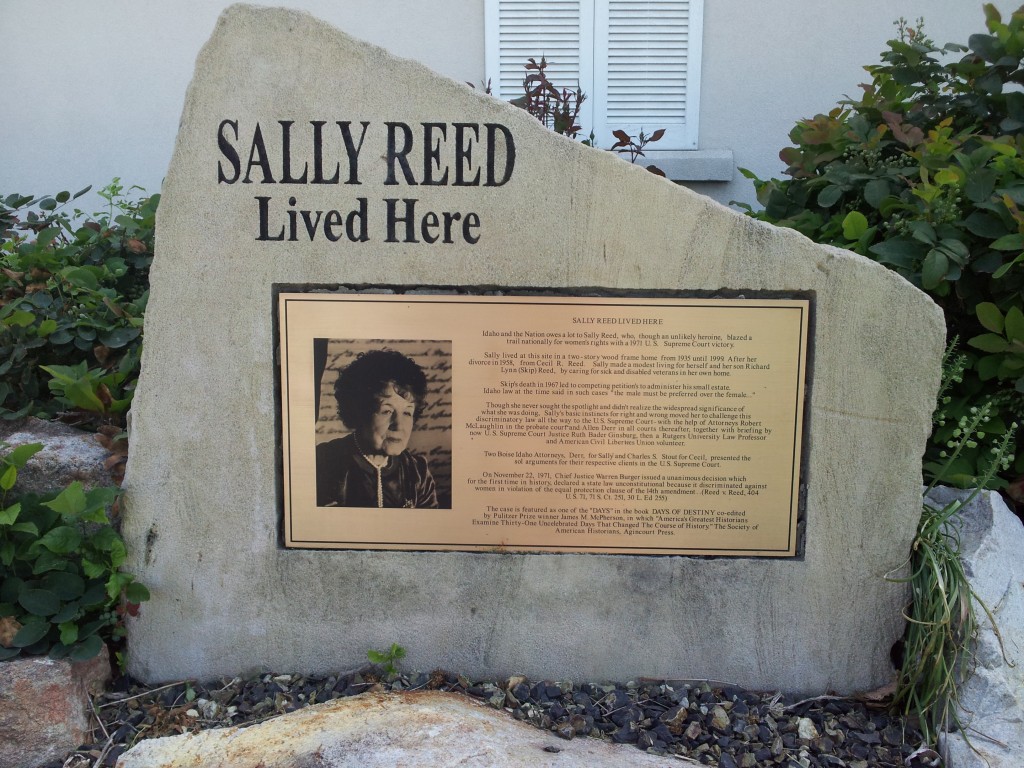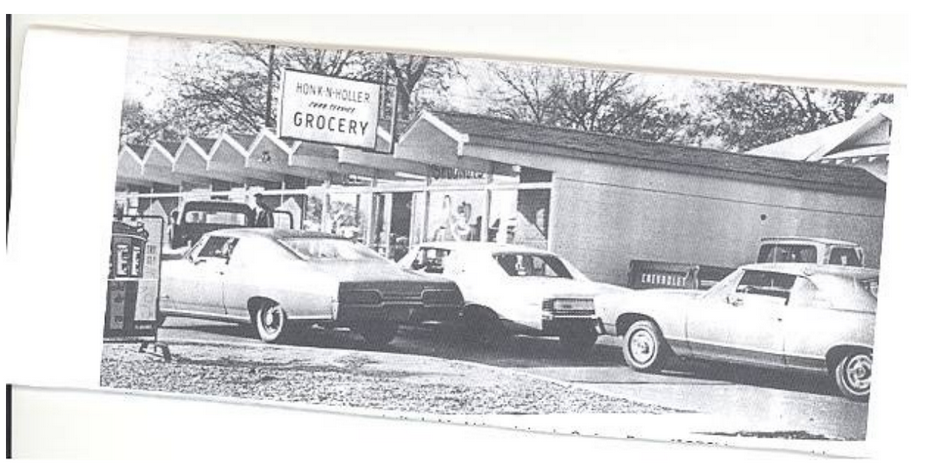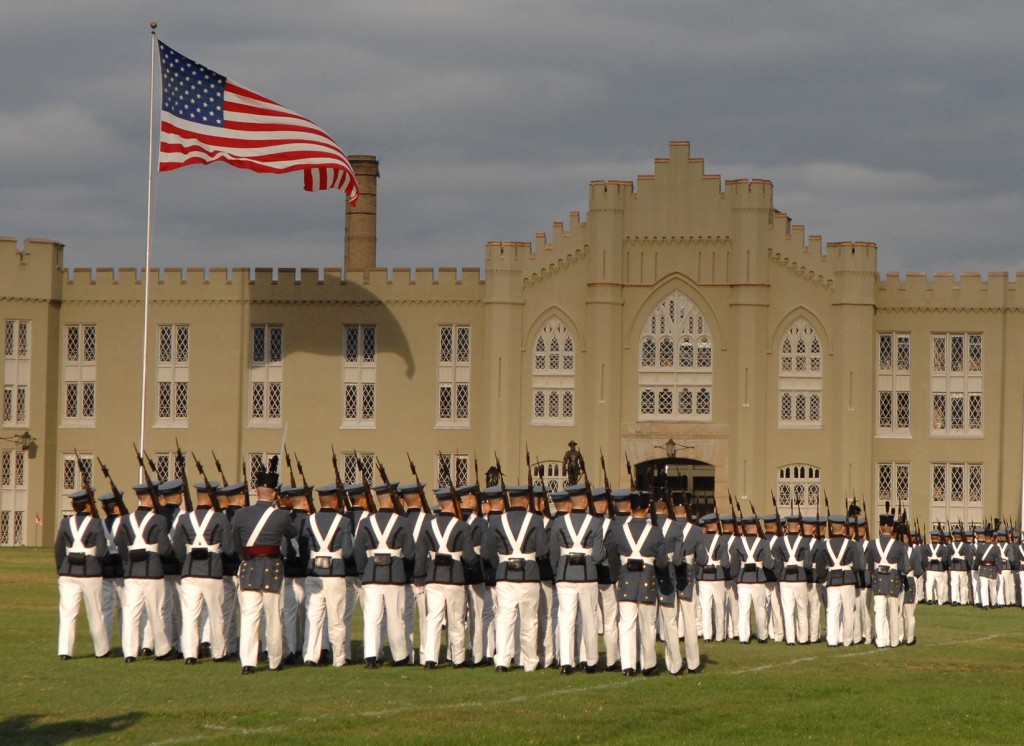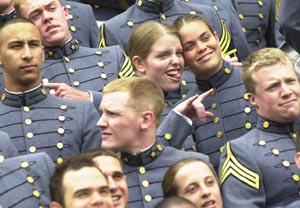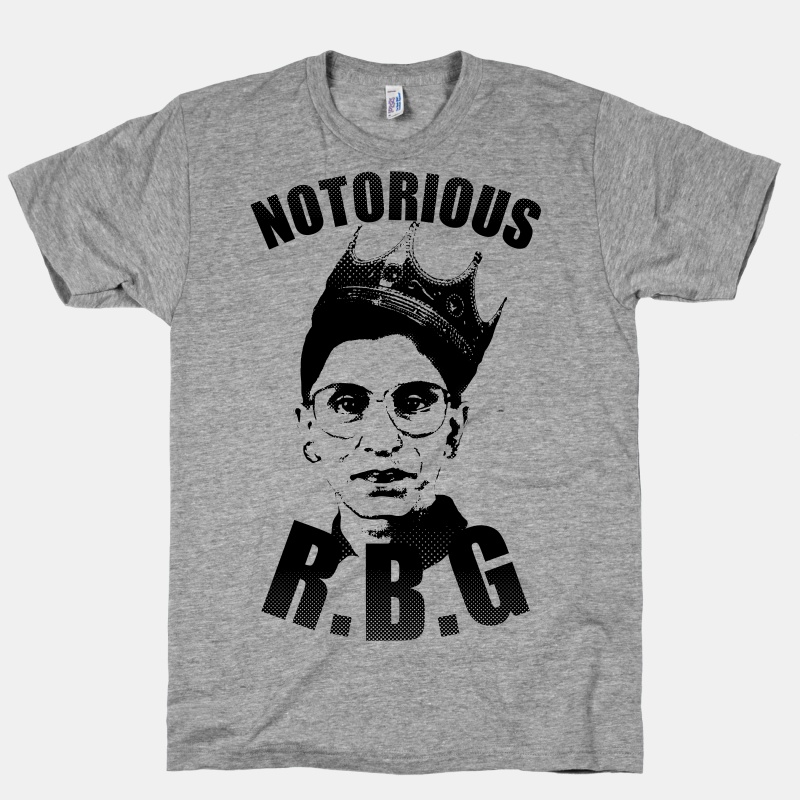On Friday, I published a post comparing the federal RFRA and the Indiana RFRA. I wrote it because I had not seen a *single* post that comprehensively compared the two laws. I considered this a huge failing, as virtually everything I read was filled with gross mischaracterizations of how RFRA works. The notion that it provides a “license to discriminate” disregards how these laws have operated in the federal government, and in nearly half the states in the union, for over two decades. That post alone received nearly 30,000 hits over the usually-slow weekend (which is roughly what I get in 2 weeks). There was a serious demand for information about how this law actually operates, as opposed to invective and diatribes.
In National Review today, I wrote a fairly comprehensive history of RFRA, to put the Indiana law into context. My major takeaway is that debates over the law today should be informed by the two-decade history of the federal RFRA and its state counterparts.
In this post I want to address three common rejoinders to this position.
First–when RFRA was enacted in 1993, it was not designed to protect for-profit corporations, only non-profit corporations. I call this the “Hobby Lobby sour grapes” argument. This issue was resolved by a bitter 5-4 decision, which probably half the country thinks is wrong, and the other half thinks is right. I get that. Even if Chuck Schumer and company did not intend for the law to apply to for-profit corporations–and this feeds into the Citizens United corporate personhood meme–I think the best reading of the statute provides for protections for corporations. Once the Solicitor General conceded that an incorporated Kosher butcher shop could not challenge a law that prohibited the ritual jewish slaughter, I realized how essential RFRA would be going forward. In any event, Indiana’s law makes clear what the Court held in Hobby Lobby. That people who associate in the corporate form do not lose their rights of free exercise.
Second–when RFRA was enacted in 1993, it was only meant to provide a remedy against the federal government, and not a defense against a private discrimination suit. I won’t repeat the history that I discuss in my NRO piece, but the short answer is their contemporaneous-silence on this issue isn’t nearly as important as the text of the statute they enacted. Four federal courts of appeals, and the Holder Justice Department (p. 3-4), have all taken the position that RFRA provides a defense. Judge Posner, Judge Moore (CA6) and then-Judge Sotomayor dissenting on the 2nd Circuit have taken the opposite position. This is an issue on which reasonable minds can disagree. Indiana’s position is not crazy.
The unavoidable conclusion–a fact that Mike Pence refused to address–is that RFRA does provide a defense to discrimination claims, similar to the “ministerial exception” that the Court unanimously recognized blocks the Hosannah-Tabor Church from being sued for disability discrimination. This is how defenses to Title VII work–in certain cases, the discrimination laws are trumped. I recognize that people today may not like that doctrine, but it is well-established in our caselaw. Ask any employment lawyer and they will tell you that not all discrimination for protected statuses is void. That being said, RFRA is not an automatic defense.
We need to distinguish the different types of claims that are prevalent today into three categories.
- First, there are cases involving bakers, florists, photographers, and what I’ll call the “creative professions.” For reasons advanced by Eugene Volokh in his amicus brief in the Elane Photograph case, it violates the First Amendment’s free speech clause to compel people to engage in expressive acts, such as photography or floral arrangement. The “Free Speech” argument obviates the need to even turn to RFRA.
- Second, there are cases involving catering halls, bed and breakfast inns, and other venues where ssm-related events can be held. I’ll call these the “venue professions.” I think under the laws of common carriers, these businesses are in a very different position. At common law, places of public accommodation were required to take all customers without regard to discrimination. (I think the Hearts of Atlanta Motel case could have been alternative resolved on this ground). These businesses are not engaged in the same sort of speech acts as the florist or photographer, and cannot rely on the First Amendment. In almost all of these cases, I think the RFRA claim will fail.
- The mixed cases present more difficulties. For example, a Catholic Church owns a catering hall that they offer for church-related functions. Or if the owner of a chapel is also a minister, and provides the chapel as a benefit to those he marries. These are the difficult cases that RFRA exists for–not run-of-the-mill businesses turning away customers.
Third–when RFRA was enacted in 1993, it was not targeted at gays and lesbians. On its face, the law does no such thing. As I discuss in this post, Indiana’s new law offers the exact same burdens and remedies that have existed for two decades. But a variant of this argument takes on a Romer-esque tone: Even if facially neutral, Indiana’s RFRA attempts to withdraw rights (“dignity” if you ask Justice Kennedy) conferred on gay couples by the legalization of same-sex marriage (courtesy of Judge Posner). This argument, which I haven’t seen stated so explicitly, but is suggested by Marci Hamilton, would lead to the conclusion that not only is RFRA bad policy, but it is unconstitutional–whether under the Establishment Clause (a position the Solicitor General adopted in Hobby Lobby, and endorsed by RBG’s dissent) or under the Kennedy-Romer-Analysis (which the Court should have relied on, but inexplicably disregarded in Schuette, suggesting the doctrine is dead).
This argument reflects what I called in my article the “intersection between faith and equality,” and more broadly what I’ve described as a trend from individual to collective liberty. Free expression was (at least in 1993) viewed as a paragon right, that, when protected, will impede the application of laws of general applicability. It was viewed as a goal of such significance that federal law could give way. Today, I think (suspect) that the tides are shifting on this issue. To the extent that the protection of liberty gets in the way of equality, many see that equality must trump. The balance at the time of RFRA may be different than the balance today.
Update: On my last point, Doug Laycock sums up well what to do with those who support the law based on what may be dubbed “animus”:
Of course there are real bigots out there, and some of them discriminate against gays and lesbians. They are doing that in states without RFRAs as well as in states with RFRAs. They mostly aren’t asserting religious justifications; they aren’t producing cases. And if they do start to produce cases, all experience is that they’re going to lose.
Part of the problem is conservative legislators and activists promising the base that a state RFRA will protect them against gay-rights laws. That’s just pandering; there is no basis in experience to think that. But the gay-rights side has piled on with the charge that these laws are licenses to discriminate. So both sides are misleading the public. And the academics who have actually studied these laws and know what they do can’t get anyone to pay attention over the din.
Update 2: Making the opposite point is Dale Carpenter:
But what I think the “nothing to see here” defense misses is the cultural, political, legal, and religious context in which these laws are being passed–a context that could easily lead courts to apply the laws in more aggressive ways. The newly energized effort to push mini-RFRAs like Indiana’s is almost entirely a reaction to the gay-rights movement, including but not limited to the increasing acceptance and reality of same-sex marriage. One need only listen to the kinds of examples that RFRA supporters cite as “burdens” on religion to know that RFRAs nowadays are directed at validating and legitimizing antigay discrimination. What started out as a shield for minority religious practitioners like Native Americans and the Amish is in danger of being weaponized into a sword against civil rights.
What’s more, the effort to pass mini-RFRAs is now stimulated and fueled by a religious-litigation complex of groups and institutions that did not exist in anywhere near its present form, size, or sophistication when the original RFRA passed. It’s perfectly legitimate for any group, including anti-gay legal groups, to organize and litigate for their purposes. But the changed context they have created through their prodigious efforts makes the passage of spacious and comprehensive “religious freedom” protection very different from what it was two decades ago, even if the words of the laws are the same. We haven’t seen courts treat the strict scrutiny test in RFRA laws very seriously in the past, which is why we’ve avoided the “anarchy” Justice Scalia warned about in Employment Div.v. Smith(1990)(rejecting strict scrutiny of neutral laws that burden religion), but the increased litigation pressure and focus of anti-gay activists may lead courts–especially elected state court judges–in many places to break the dam. …
In the past, I might have been as optimistic as some apologists for Indiana’s RFRA that civil rights laws protecting LGBT people would pass the test. But the refusal of the legislature to codify any such assurances, combined with a backlash claiming to champion religious freedom and an anti-gay legal establishment ready to pounce, leaves me unpersuaded that there’s nothing to be worried about.
